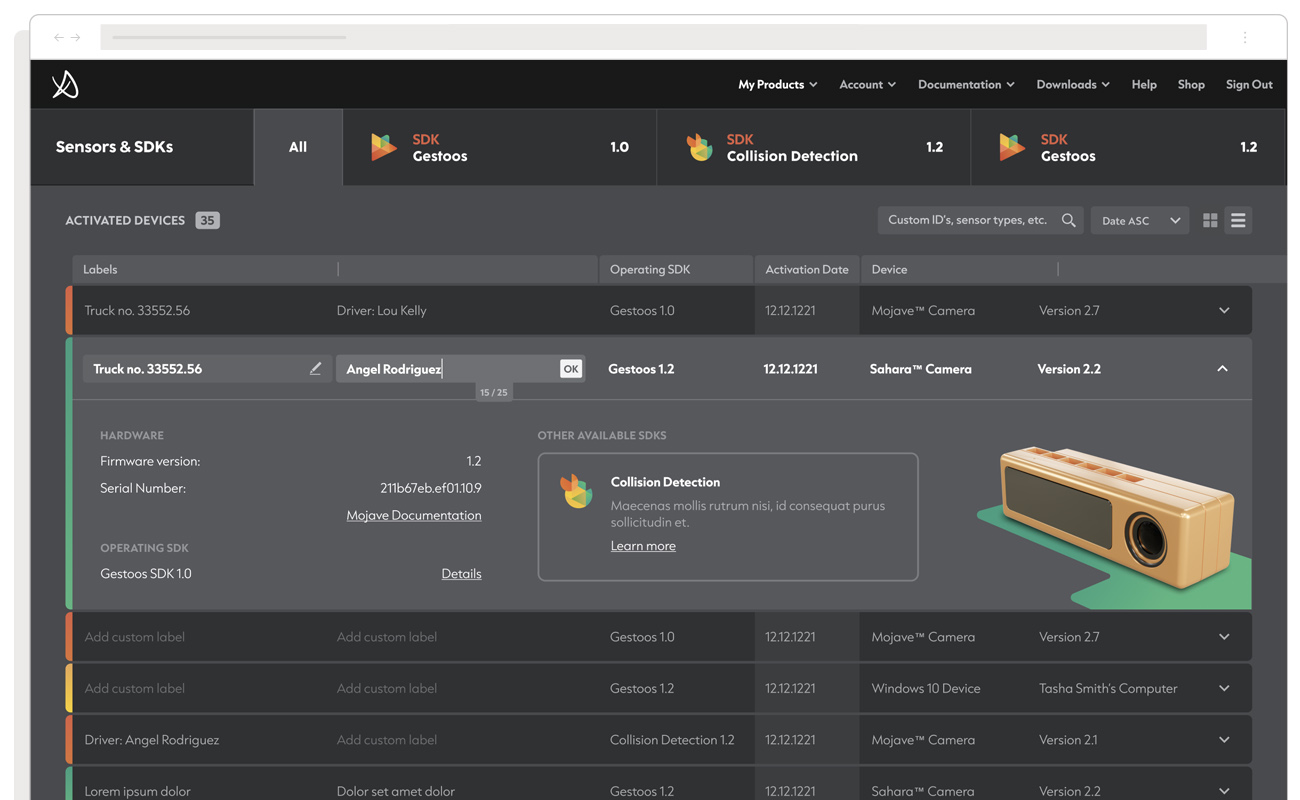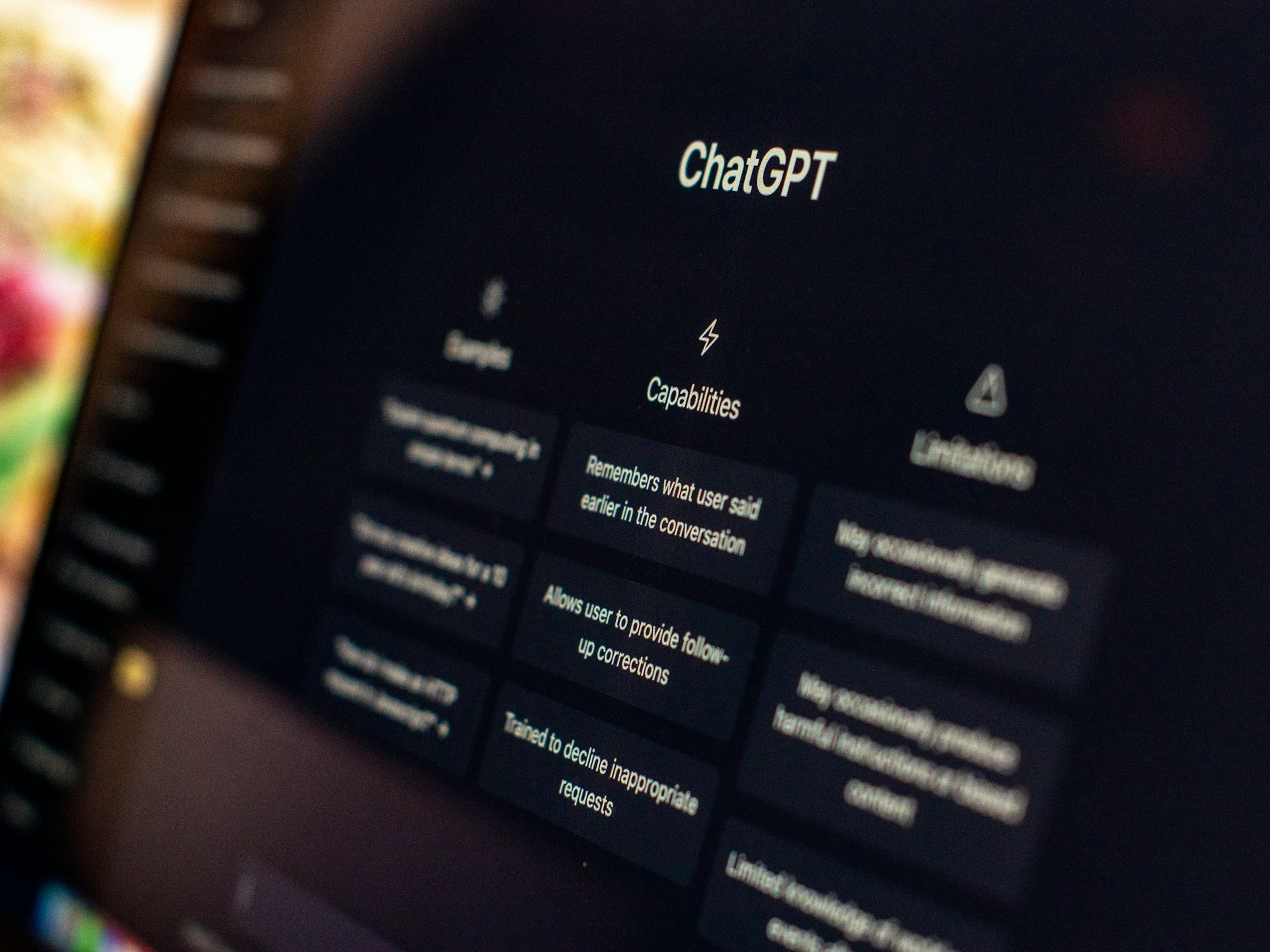AI Dashboards – The Future of Business Intelligence or a Dangerous Illusion?

Today’s business intelligence isn’t what it was five years ago. It isn’t even what it was a year ago. The release of ChatGPT in late 2022 fundamentally shifted user expectations around data interaction. The rapid advancement of commercially available AI, from GPT-3.5 to GPT-5 to Claude and beyond, has compressed what once took years of gradual improvement into months of break-neck speed.
Well, designing AI centric dashboards can and has been serving as collaborative copilot for decision-making. Yet, as organisations rush to implement AI-enhanced analytics, they’re discovering that the technology is a double-edged sword: predictive insight on one side, cognitive overconfidence and bias amplification on the other.
What Exactly Is an AI-Powered Dashboard?

A traditional dashboard aggregates data from multiple sources and presents it through visualisations charts, graphs, tables, and KPIs allowing users to monitor performance at a glance.
An AI-powered dashboard fundamentally transforms this paradigm through three core capabilities:
Interpretation: Natural language processing (NLP) engines convert conversational queries (“Show me why Q3 sales dropped”) into executable database queries, eliminating the need for SQL or technical knowledge. The system returns results as narrative summaries paired with relevant visualisations.
Prediction: Machine learning models analyse historical patterns to generate forecasts with confidence intervals. For example, the dashboard might project Q4 revenue at £2.8–3.0 million with 85% confidence, based on seasonal trends, pipeline velocity, and market indicators.
Personalisation: Adaptive algorithms continuously learn from user behaviour which metrics they view most frequently, what time of day they check dashboards, which insights they act upon to automatically prioritise relevant KPIs and surface contextual alerts. A sales manager sees pipeline health and deal velocity, while a CFO sees cash flow and burn rate, despite accessing the same underlying data.
The Captain’s Chair
Think of an effective dashboard as the bridge of a starship: a command centre where information flows in from multiple sources, is synthesised through contextual understanding, and enables rapid decision-making. The captain doesn’t pilot the ship alone; sensors provide readings, officers provide expertise, computers process calculations but ultimate judgement rests with the human in the chair.
An AI-powered dashboard should function similarly. Data streams in from various sources: sales systems, customer behaviour, operational metrics and AI processes this intelligence through the context of historical patterns, market conditions, and predictive models. The user weighs these considerations and decides the next course of action. The AI isn’t making the call; it’s equipping the decision-maker with situational awareness.
The Technology Stack Decision
Having an AI-enhanced dashboard that’s effective is more than just slapping a chatbot onto the interface and calling it a day. The choice between Large Language Models and traditional Natural Language Processing significantly impacts both functionality and budget.
Traditional NLP excels at specific tasks: sentiment analysis, entity extraction, intent classification with modest computational requirements. This approach makes sense for organisations with well-defined query patterns and limited vocabulary, where store managers routinely ask variations of the same 20–30 questions.
LLM-powered dashboards become valuable for complex analytical environments where users ask novel or multi-part questions spanning multiple datasets. A pharmaceutical company where research directors ask highly variable, complex questions (“Compare our Phase 2 trial dropout rates to industry averages, then identify demographic patterns in adverse events”) needs LLM flexibility. However, they demand higher computational requirements and costs both API fees and infrastructure.
Rising Expectations and the Reality Gap

Over the next three years, 92% of companies plan to increase their AI investments. Yet only 1% of leaders call their companies “mature” on the deployment spectrum. Users increasingly demand natural language interfaces that deliver tailored insights and instant answers, yet reality falls short.
A survey by Salesforce found that 41% of business leaders were unable to fully utilise dashboard tools due to either the complexity of data presented or its accessibility. This disconnect stems from AI-washing (products branded as “AI-powered” that offer little beyond conventional software with a chat interface bolted on), technical limitations (72% of users regularly bypass dashboards by exporting to Excel), and training gaps.
Deployment reality check: 42% of businesses are scrapping the majority of their AI initiatives, up from just 17% six months earlier, as reality checks reveal overinflated expectations.
Implementation: A Unified Approach

Before diving into AI integration, organisations must honestly assess whether users genuinely need AI-enhanced dashboards or if they’re chasing technological novelty. The challenge isn’t choosing between design-first or AI-first, it’s recognising they’re interdependent.
Phase 1: Foundation with AI Readiness in Mind
Conduct thorough user interviews to understand current pain points and decision-making workflows. Use this data to help inform the design of intuitive interfaces using clear and concise charts, visual hierarchy, and responsive design. A poorly designed dashboard doesn’t improve with AI; it just becomes a poorly designed AI dashboard.
Allocate 50–70% of your timeline and budget for data readiness: extraction, normalisation, governance, and quality controls. AI models amplify what you feed them garbage in, garbage out, just at machine speed.
Phase 2: Strategic AI Integration
When Airbnb faced the challenge of delivering personalised recommendations at scale, they integrated an AI-powered recommendation engine directly into their UX/UI design from the beginning. The result: conversion rates improved by over 15% within six months. AI wasn’t added on after the fact; it was embedded into core user flows.
Resist the temptation to simply bolt on a chat feature. True AI integration means embedding intelligence into core dashboard functionality-predictive alerts within existing visualisations, contextual insights alongside relevant charts. If a sales manager is viewing regional performance, let AI surface contextual insights there: “Northeast revenue is down 12% vs. forecast-historically, this correlates with competitor promotions in Q3.” In short, measure whether AI features actually improve decision-making speed and accuracy, not just user satisfaction scores.
Phase 3: Intelligent Enhancement
Listen, iterate, learn, repeat.
Ensure AI features feel like natural extensions of the dashboard rather than add-on tools. Implement feedback mechanisms that improve AI suggestions based on user behaviour. If users consistently ignore certain types of recommendations, the system should adapt.
Establish clear protocols for AI recommendations, including confidence indicators, data lineage transparency, and human override capabilities. Users should always understand the basis for AI suggestions and retain ultimate authority over decisions.
Conclusion: Intelligence with Wisdom

The goal isn’t to blindly accept AI recommendations but to synthesise information from multiple sources and make informed decisions. The successful organisations of 2025 and beyond will recognise AI dashboards not as replacement systems but as powerful augmentation tools requiring human wisdom to reach full potential.
They will demand transparent uncertainty (confidence intervals and clear limitations rather than false precision), bias awareness (regular audits of AI recommendations), human override (ultimate decision authority that cannot be automated away), and critical thinking (cultures that question AI insights rather than accepting them at face value).
For organisations implementing AI-powered dashboards, start with clear objectives, maintain robust human oversight, and remember that the goal is augmentation, not automation. The future of business intelligence lies not in replacing human judgement but in creating AI systems that make human insight more powerful, more accessible, and more actionable than ever before while maintaining appropriate scepticism about their own outputs.
AI provides the sensors, the analysis, the recommendations but the human makes the call, fully aware that even the best AI can mislead through overconfidence, hidden bias, and false precision. Ultimately, the captain still needs to stay in his chair.
Big thanks to Anna H and Steve Johnson for the photo via Unsplash. ❤️